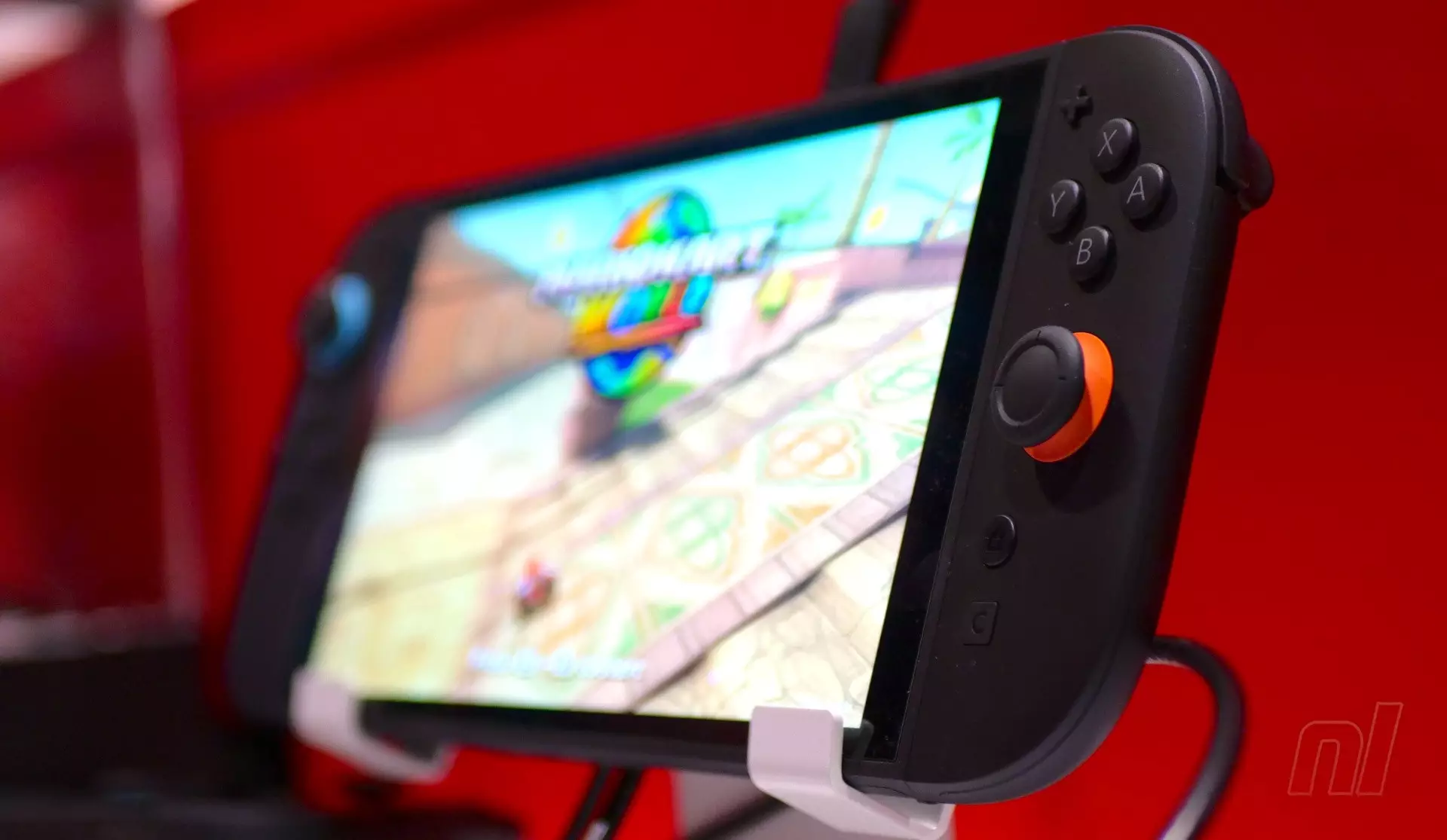The release of Nintendo’s Switch 2 marks a pivotal moment in the evolution of hybrid gaming systems, challenging traditional notions of performance and hardware classification. While specifications often dominate discussions, the real measure of a console’s potential hinges on how it performs in real-world scenarios—especially when porting popular titles. Unlike previous generations, where hardware classifications like “last-gen” or “next-gen” were straightforward, the Switch 2 blurs these lines by offering a hybrid experience packed with advanced technologies. This complexity prompts a reevaluation of what “performance” truly means—it’s no longer just raw power but effective integration of capabilities, optimization potential, and unique features like DLSS support.
The comparative analysis with Xbox Series S and PlayStation 4 gives us a nuanced picture. The GPU being “slightly below” the Series S signifies that, on paper, the Switch 2 does not match the latest powerhouse consoles in raw throughput. Nevertheless, the inclusion of features like DLSS technology tilts the balance, empowering developers to leverage intelligent upscaling and higher frame rates—ultimately bridging the hardware gap. In some ways, the assertion that the GPU’s capabilities are comparable overall due to technological enhancements redefines how we interpret performance metrics, moving beyond raw specs toward real-world efficiency.
CPU Capabilities and Developer Implications
Where the Switch 2 truly distinguishes itself from previous Nintendo systems is in its CPU performance, which reportedly aligns more closely with the PlayStation 4 rather than the more modern Xbox Series S. This raises intriguing questions about the system’s capacity to handle complex physics, AI, and CPU-bound processes—factors critical to the development of immersive and demanding titles. From a developer’s standpoint, this similarity to the PS4’s CPU suggests that ports of existing games could be more straightforward, with fewer bottlenecks in processing power. Projects that previously strained the limits of older hardware may now benefit from smoother execution, though intense physics or simulation-heavy games could still demand optimization.
It’s essential to recognize that most games are more constrained by GPU performance, especially for visually intensive experiences. Thus, a game designed for the Series S but optimized for GPU usage can generally transition well to the Switch 2, provided the developers tailor their code. However, CPU bottlenecks could introduce challenges, especially for titles that feature complex systems. This scenario necessitates a balanced approach during porting, where developers must judiciously allocate resources to optimize CPU-heavy elements, ensuring that gameplay remains fluid without sacrificing visual fidelity.
Technological Innovations and Industry Expectations
What is perhaps most compelling about the Switch 2 is Nvidia’s description of the system as a “technical marvel,” emphasizing its groundbreaking architecture and innovative features. This endorsement underscores the fact that Nintendo, traditionally known for pushing boundaries in user experience rather than raw power, has crafted a device capable of competing in terms of raw computational potential. The support for DLSS technology, typically associated with high-end gaming PCs, signals Nintendo’s willingness to integrate cutting-edge tech that can elevate the system’s visual and performance capabilities.
Industry insiders like Koei Tecmo and Firaxis have echoed sentiments that the Switch 2 aligns more with “mid-tier” next-gen consoles, offering a unique blend of portability and power. This positioning reflects a broader industry trend wherein hardware is no longer a simple hierarchy but a spectrum of capabilities tailored to diverse gaming needs. The challenge—and opportunity—lies in whether developers can harness this hybrid system’s full potential, especially as they adapt existing PC and console titles to fit the Switch 2’s distinctive architecture.
In essence, the Switch 2 represents a bold experiment—a fusion of Nintendo’s innovative spirit and advanced technological integrations. If developers can unlock its full potential, the console could redefine portability standards and set new benchmarks for what hybrid systems can achieve. While its raw specs may not outshine the top-tier consoles, its strategic advantages and technological sophistication promise a vibrant future for Nintendo’s innovative approach to gaming.

